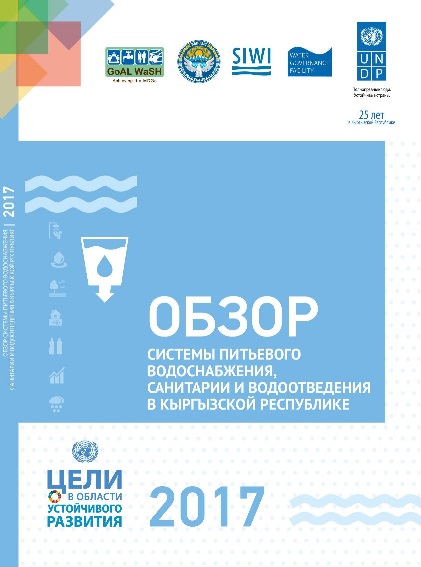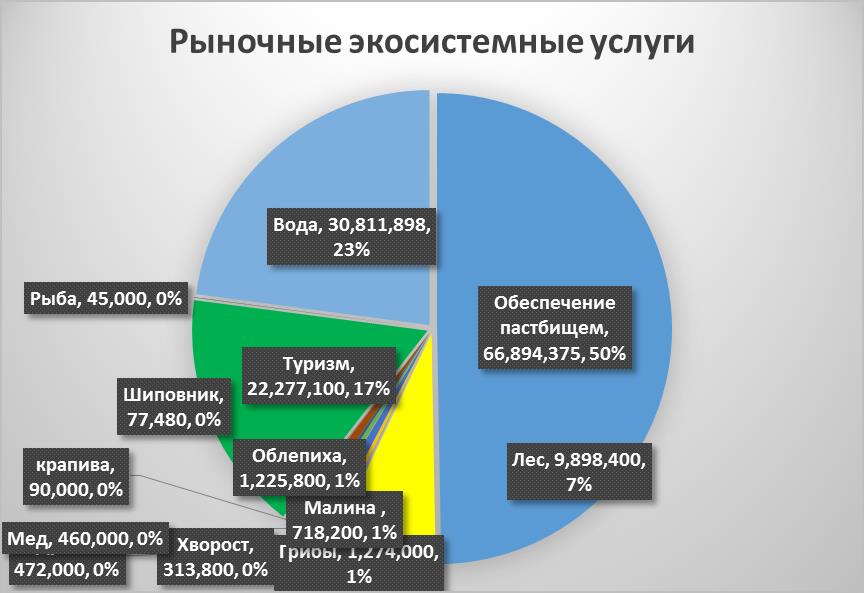News block
Financing Kyrgyzstan’s Protected Areas at forefront of conservation debate
A new study conducted by BIOFIN has found the value of ecosystem services in the Chon-Kemin Nature Park to be worth US$ 140 million per year – a unique habitat for flora and fauna including the iconic snow leopard.

BIOFIN expert, Rakhat Sabyrbekov, a researcher from the Department of Economics of the American University of Central Asia conducted the study "Economic Assessment of Ecosystem Services of Protected Areas on the Example of the Chon-Kemin State Nature Park". “Chon-Kemin” park provides habitat for many species and provides income sources for the local population through provision of the ecosystem services, such as timber, forest products, pasture for grazing animals and other natural resources. Protected areas also hold value significant cultural and spiritual value in Kyrgyzstan.
The results of the study triggered the discussion around Protected Areas financing at a high level in the government. Attending the seminar, the Deputy Minister of Finance, Mr.Ulukbek Karymshakov, highlighted the importance of the coordinated intersectoral action to improve the system of environmental financing.
"The issue of the adequate re-alignment of costs for environment is crucial in light of the permanent budget deficit, this would be impossible without proven arguments and visible indicators of biodiversity conservation," he said.
The valuation of ecosystem services provides the evidence base for linking economic and environmental issues that need to be integrated into development programmes, accounting, legislation and education.
The value of ecosystems services by sector were identified and can be seen in the graph, below. The carbon sequestration and storage ability of the healthy forest ecosystem is also of great benefit to lowering carbon emissions.

An analysis of the costs of the Chon-Kemin Nature Park from public budgets was presented by BIOFIN expert, Zhazgul Amanova. This found that the park currently cost US$ 134,000 per year to maintain and conserve. Highlighting the large gap between finance spent on conservation compared to its value.
The study found that just US$50,000 of the money spent came from revenue generated by the park for example entrance fees, rent payments, sale of seedlings and timber. US $84,000 came from the governments public budget.
The main goal of the seminar was to raise awareness about the social and economic importance of the protected area, including assessment of the basic ecosystem services of the natural park, determining the contribution of the park's ecosystem services to the economic well-being of the local population in monetary terms, expenses from the state budget to the natural park and general issues of financing the protected areas in the country.
BIOFIN, which has been operational in Kyrgyzstan since 2015, works directly with ministries of Environment and Finance in countries to support them in assessing their policy and institutional context around biodiversity, review current expenditures, assess the financial needs and ultimately form a biodiversity finance plan which sets out priority finance solutions to be implemented in the country.
Payments for Ecosystem services, is one such solution. PES occur when a beneficiary or user of an ecosystem service makes a direct or indirect payment to the provider of that service. The idea is that whoever preserves or maintains an ecosystem service should be paid for doing so.